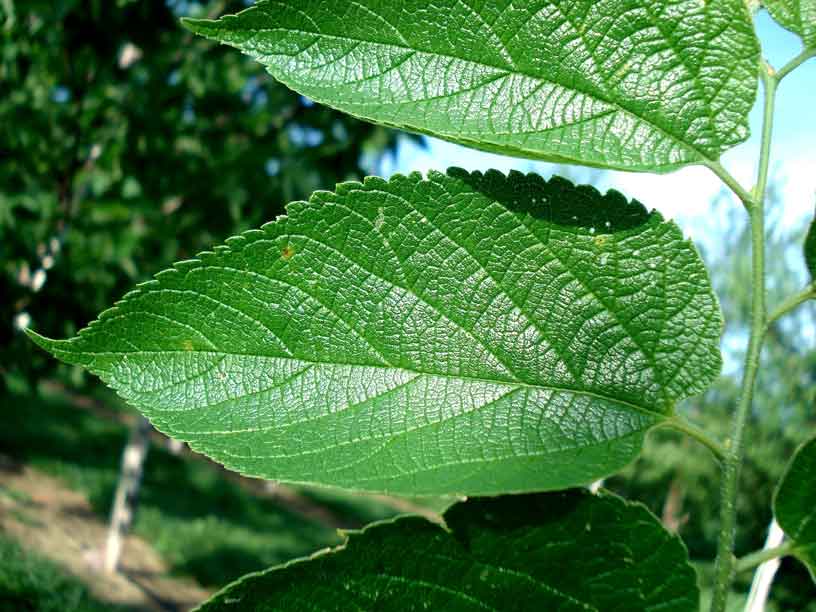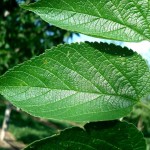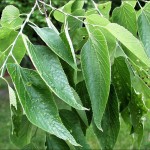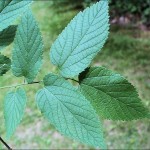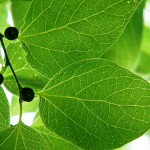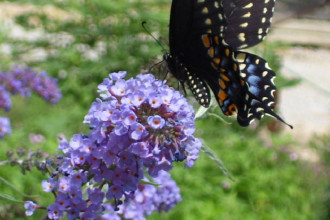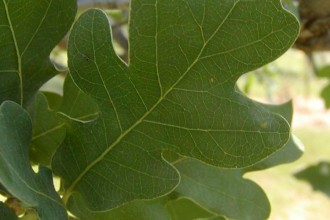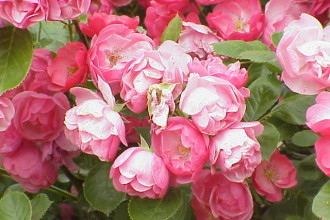6 Hackberry Tree Leaf Pictures
Sponsored link:
Typically flowers particularly 6 Hackberry Tree Leaf Pictures gain nutrition through their origins (water and vitamins) and leaves (assimilation of sunshine and carbon dioxide (CO2)) to produce ATP ((adenosine triphosphate or power) to meet up their metabolic desires) and starch (a hold for when photosynthetic problems are not optimum (e.g. Lowering of strength and amount of sunshine, droughts, frosts, along with other adverse circumstances). Nonetheless, carnivorous/“insectivorous” flowers must ingest added sources of food. Consequently they “attract, record, eliminate, digest, and absorb [the minerals of living] prey” consisting primarily of invertebrates.
Currently you will find 600+ identified species of carnivorous plants belonging to atleast seven place households that make use of a selection of solutions to attraction and capture victim – nice scents, chemical secretions, decorative blossoms and/or orbs, slick or tacky areas and/or technical traps. While they generally grow in warm locations “where water and seasonal sun are abundant and also the earth is [acidic] and bad in nutrients (specifically nitrates, calcium, phosphates, and irons, which are needed for protein synthesis, cell wall stiffening, nucleic acid synthesis, and chrolophyll synthesis, respectively) including acidic bogs, [fens] and rock outcroppings,” they exist in lots of areas. They go on land and in water (e.g. the venus flytrap (Dionaea muscipula) lives in acidic substances composed of substantial concentrations of ammonium (a toxic substance) using a pH of between 4to 5, whilst the bladderwort (Utricularia genus) lives in water). Some grow out of wet boggy substances (e.g. pitcher plants – Darlingtonia and Sarracenia), some grow in non-warm conditions where winters provide cold weather and snowfall (e.g. The normal pitcher plant – Sarracenia purpurea), others set their traps over the earth (Genlisea) or prosper in wilderness-like conditions and on calcium-loaded limestone deposits (e.g. the Portuguese dewy pine – (Drosophyllum lusitanicum) and butterwort – (Pinguicula valisneriifolia), respectively, although some warm pitcher plants from the Nepenthes genus develop vines up to countless feet long with traps that may capture “creatures as large as frogs [and also] some birds and rats.
Feel free to download the Photos under 6 Hackberry Tree Leaf Pictures posting for free. Suport us by sharing this Photos to your family.
816 x 612 330 x 220 728 x 546 150 x 150
Download HereSponsored link:
